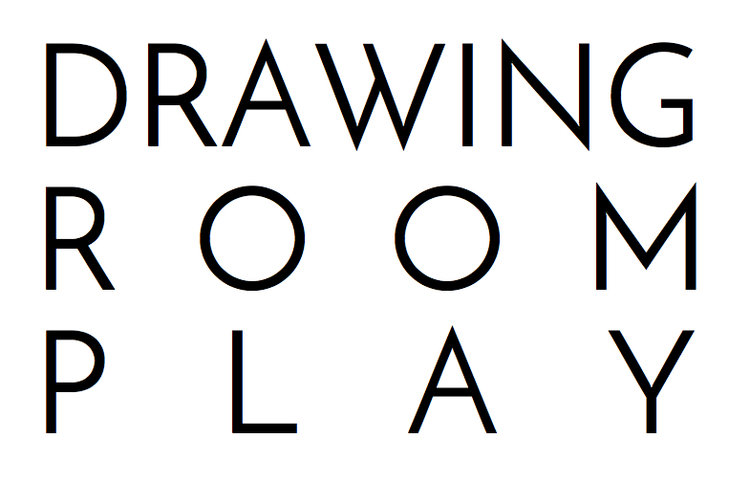Paul P.
Paul P. is an artist based in Toronto.
What artworks would you have/do you have in your drawing room?
I have lived with the artist Scott Treleaven for nearly twenty years, and I love how his drawings and photographs scatter throughout our place; his day-to-day tide temporarily deposits artworks here and there, like sea life in rock pools, throughout the rooms. Otherwise, the art around me comes from friends. A photograph by Sunny Suits titled Opium Tea, a still life of four teacups and half a lemon; ceramics and drawings by Elisabeth Kley, which are like souvenirs of her time-travel to epochs when the ornamental flourished; a pair of dreamy Cibachromes from the early 80s by Roy Arden; a doll-sized sculpture by Tau Lewis with sewn clothes, ceramic face, feet and two right-hands; and works by my two mentors, Stephen Andrews and G.B. Jones, who taught me very particular ways of seeing.
What books would you read/are you reading in your drawing room?
I’ve been thinking about novelist Rose Macaulay. During the Second World War her London flat was bombed and her library was turned to ashes, and a year afterwards she wrote: “travel is over, like one’s books and the rest of civilization,” a striking line which had me thinking about the pandemic. People are dying, travel is gone, our homes may well be in jeopardy, but with this crisis the additional post pulled out from under the lintel of civilization is society. I mean, society with a small ‘s’: those groups of people in whose company we expand. Little eccentrically mannered groups who aspire to ideals of beauty, even when the larger Society surrounding it has been at its most hostile towards them. Our little societies are drifting. At least we have them in books.
I read a lot of novels and biography about homosexuals in eras of criminalized homosexuality, whether pushing the publishable limits of its period, like Mary Renault’s The Charioteer, or written from the recall of a later date, like Samuel R. Delaney’s The Motion of Light on Water. I’m also interested in a group of loosely associated British women writers who picked up the mantel dropped their gay aesthete friends: Elizabeth Bowen, Rosamond Lehmann, and Nancy Mitford. There are a handful of famous turn of the century gay writers often associated with my work who never really moved me; their ectoplasm is spread too thin. I find when you devote yourself to an overlooked minor genius you have their spirit more or less to yourself, and in return for flattery they gratefully heap inspiration onto you. Jocelyn Brooke, who no one reads, is such a writer. If anyone cares to explore, begin with The Orchid Trilogy and The Image of the Drawn Sword. In the years following Denton Welch’s early death Brooke rescued Welch’s reputation from obscurity and possible oblivion. Finally, everything by Denton Welch and anything by Ronald Firbank.
What movies would you watch/are you watching in your drawing room?
All of Gregg Araki’s oeuvre; it’s a longstanding love. Robert Altman’s A Cold Day in the Park. Nicholas Roeg’s Don’t Look Now, (Daphe DuMaurier’s short story, which it’s adapted from, is even better). My quarantine highlight was being shown Andy the Furniture Maker, an 80s short doc about a young artisan in and out of London’s punky gay scene – you can find it on YouTube!
What music would you listen to/are you listening to in your drawing room?
Only albums played start to finish. Beverly Glenn-Copeland’s Primal Prayer and Keyboard Fantasies; Joni Mitchell’s Hejira and Night Ride Home; Frank Ocean’s Endless and Blonde; Cocteau Twins, Emmylou Harris.
Who would you/do you invite into your drawing room?
Any name mentioned above is always welcome and are asked to bring along a friend.































